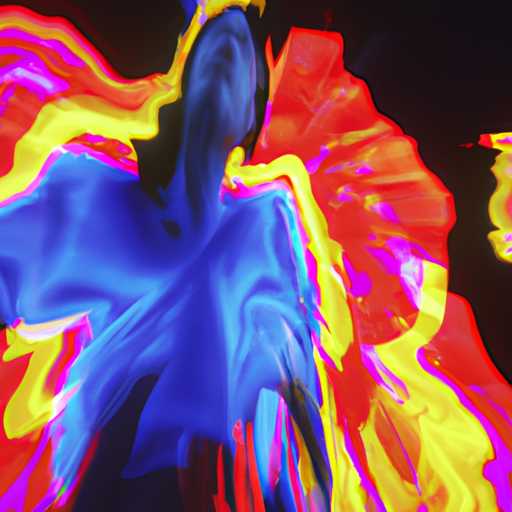Unlocking Creativity: The Magic of Color Grading in Video Production
Discover the unique art of color grading in video production, enhancing your films and music videos. Unlock creativity with tips and tricks for stunning visuals.
Unlocking Creativity: The Magic of Color Grading in Video Production
If you've ever watched a film that made you feel like you were right there in the action, or a music video that transported you to another world, you’ve likely experienced the power of color grading. This crucial yet often overlooked step in video production can dramatically alter the mood, tone, and professionalism of your project. Whether you're a budding filmmaker, a passionate vlogger, or a brand looking to elevate your content, understanding color grading can unlock a new dimension of creativity in your videos. In this article, we'll delve into what color grading is, its purpose, and practical tips to get you started.What is Color Grading?
Color grading is the process of adjusting the colors of a video to achieve a specific look or feel. It involves manipulating hue, saturation, and luminance to create a visually compelling narrative. Think of it as painting with light! Color grading is critical in storytelling. It enhances the atmosphere, accentuates emotions, and guides the audience's focus. For example, warm tones can evoke feelings of happiness and warmth, while cooler tones might convey sadness or alienation.Why Color Grading Matters
In the competitive world of video production, having high-quality footage is essential, but it’s the color grading that can make your work truly stand out. Here’s why it matters:1. Sets the Mood: Different colors evoke different feelings. Using them judiciously allows you to craft emotional layers in your storytelling.
2. Brand Identity: For businesses, using color grading to align with brand colors strengthens brand recognition and creates a cohesive look across your content.
3. Polished Look: A well-graded video looks more professional and less like amateur work. This attention to detail can make a big difference when attracting clients or audiences.
Who Can Benefit from Color Grading?
Color grading isn’t just for Hollywood filmmakers; it’s for anyone involved in video production. Here are the key target groups that stand to gain from mastering this skill:- Aspiring Filmmakers: If you're creating short films, your understanding of color can help tell your story more effectively.
- Music Video Producers: Aesthetic visuals play a huge role in capturing the essence of your music, and color grading can enhance that connection.
- Vloggers and Content Creators: In an era where content is king, standing out is crucial. Proper color grading can elevate everyday videos to a more cinematic level.
- Businesses and Brands: Promoting products through video? Highlighting your brand’s identity through color helps grab attention and sustain viewer interest.
Getting Started with Color Grading
Now that we know why color grading is essential, let’s explore some practical tips and techniques to kickstart your journey into this art form.1. Know Your Software: Familiarize yourself with video editing software that includes color grading tools. Popular options include Adobe Premiere Pro, Final Cut Pro, and DaVinci Resolve. Each program offers different features and capabilities.
2. Understand Color Theory: Diving into color theory will give you insights into how colors work together. Familiarize yourself with concepts like complementary colors, contrasts, and the psychological effects of colors.
3. Start Simple: Begin with basic adjustments such as brightness, contrast, and saturation before diving deeper into more complex grading techniques.
4. Use LUTs for Inspiration: LUTs (Lookup Tables) are pre-set color grades that can simplify your workflow. They can be a great starting point or a way to experiment with different looks.
5. Evaluate Your Footage: Before diving into grading, ensure your footage is well-lit and properly exposed. Poor quality footage limits the potential of color grading.
6. Match Shots: Consistency is key. Make sure that your color grading matches across different shots to maintain a coherent look throughout the video.
7. Get Feedback: Get input from peers or mentors to refine your work. An external perspective can highlight aspects you might have missed.
Tricks of the Trade
Looking to step up your color grading game? Here are a few advanced tips that can make all the difference.- Use Curves for Precision: Curves allow for more granular control over the color adjustments you make. Learn how to manipulate RGB curves for selective color adjustments.
- Secondary Color Grading: Isolate specific colors within your footage and adjust them separately to draw focus. This technique can help create stunning visual effects that pop.
- Experiment with the Color Wheel: The color wheel in your editor will help you see how different colors relate to each other. This tool is invaluable for achieving a professional look.
Final Thoughts
Color grading is more than just an enhancement; it's a powerful tool that can elevate your video production to new heights. It allows you to express your creative vision and connect with your audience on a deeper level. So, whether you're working on a short film, music video, or branded content, invest some time into mastering color grading. You'll not only improve the aesthetic quality of your work but also engage your viewers in ways that words alone cannot. Dive into this colorful world today and start transforming your videos with the magic of color!
Enhancing Storytelling in Music Videos with Visual Poetry
Explore how visual poetry can elevate storytelling in music videos, adding depth and emotion to branded content and short films.

Unleashing Creativity: The Magic of Stop Motion Animation in Music Videos
Explore how stop motion animation can elevate music videos, showcasing creativity, artistry, and unique storytelling techniques for captivating audiences.

The Magic of Storytelling in Music Video Production
Explore storytelling techniques in music video production that elevate creativity and connect emotionally with viewers.